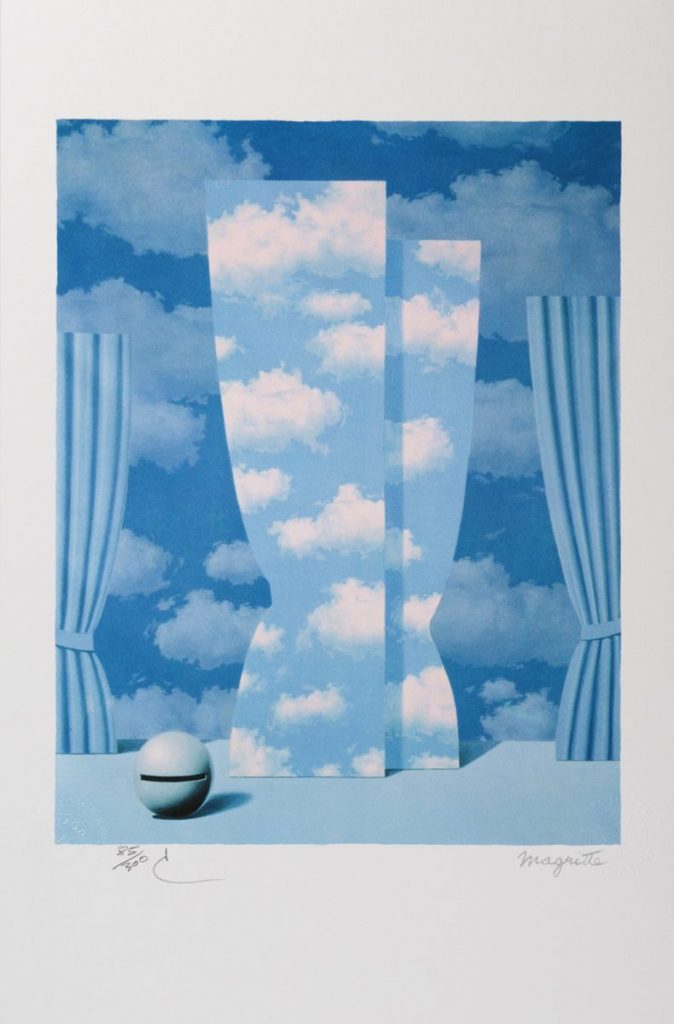This project will examine a series of texts, translations, and compilations in Latin and Middle English which promote imageless contemplation, and work by stripping back established processes of cognition. It will study these texts in relation to their influences and intertextual engagements, and circumstances of production and circulation, in order to answer the following questions:
- Is it possible to discern a distinctively English apophatic tradition, formed in dialectic with the political and ecclesiastical crises of the late fourteenth- and fifteenth-century England, and if so, what are its central characteristics and key texts?
- What is the trajectory of such a tradition, and where should we set its perimeters (for example, some texts in Methley’s œuvre appear to fuse cataphatic and apophatic forms of expression)?
- Given the Christian NeoPlatonist roots of the Mediterranean apophatic tradition, what implications might the formulation of a more forceful fifteenth-century English apophatic tradition have for traditional constructions of sixteenth–century Christian NeoPlatonism?
- In gaging continental input into this tradition, what role is played by exegetes and mystics from monastic houses in the Savoy, Constanze and Winterthur (Thomas Gallus, Hugh of Balma, Heinrich Suso)? Is it pushing things too far to speak of a distinctively ‘Swiss’ or transalpine influence upon English apophatic theology?
The answers to these questions will rebalance current formulations of the late medieval religious landscape in England, and will open a window upon an apophatic corpus incorporating but also extending well beyond the traditional Cloud-corpus. Additionally, they will open a conversation about locations and networks of apophatic composition within Europe, and the ways they communicate with one another and with England.
